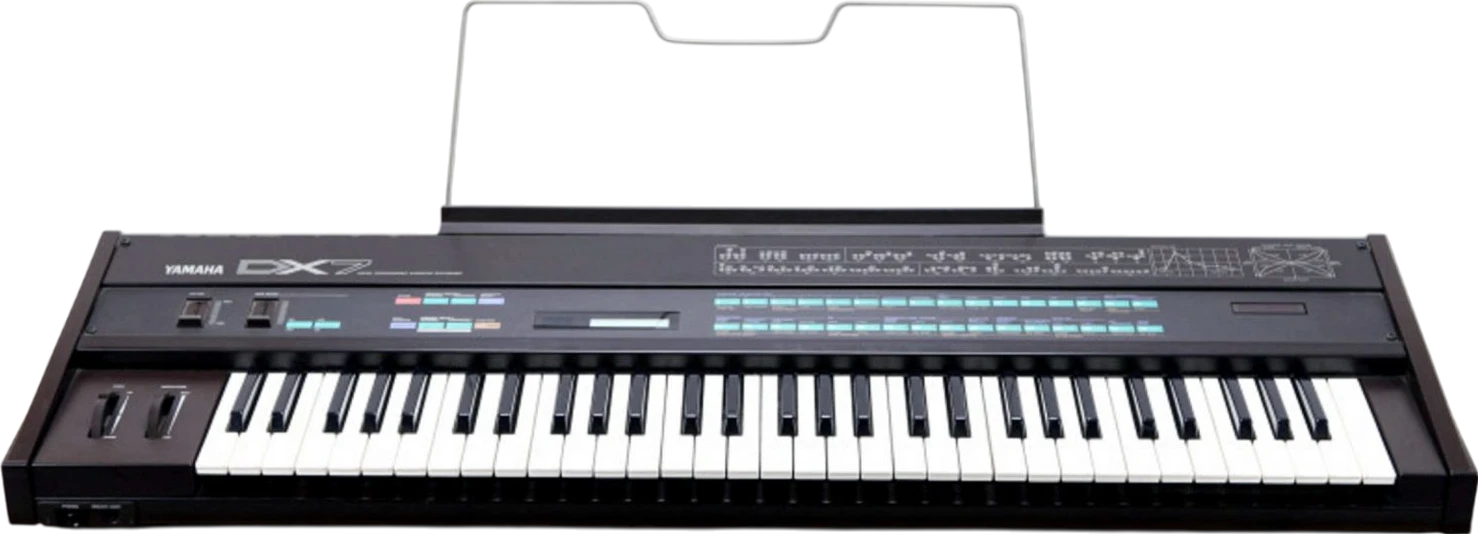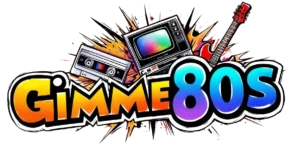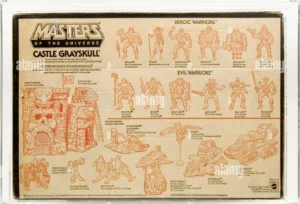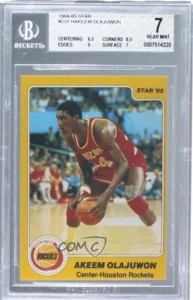1983 Yamaha DX-7 Synthesizer

Running this archive is expensive! To help pay these bills, I use the eBay Partner Network, so if you click on an eBay link and buy, I earn a small commission at no cost to you.
VALUE / PRICE HISTORY
Average Price
$448.00
Highest Price
$679.99
| Date | Price | Condition | Type | Title |
|---|---|---|---|---|
| 2025-08-12 | $119 | Brand New | Buy | New Listing Yamaha DX7 SuperMAX+ UPDATED! 512 Patches, Arpeg, Velocity Fix,Voice Stack more! |
| 2025-08-12 | $450 | Used | Buy | Yamaha DX7II-FD Synthesizer – Fully Tested, New Battery, Clean, Minor Cosmetic C |
| 2025-08-09 | $450 | Used | Buy | YAMAHA DX7s Synthesizer Keyboard | Battery Holder Mod + New Battery | Tested |
Prices in USD. While all care is taken, there is no guarantee on accuracy of this data.
ITEM REVIEW
The Yamaha DX-7 Synthesizer was a digital frequency modulation synthesizer keyboard that was manufactured by the well-known company Yamaha and subsequently released to the public in the year 1983.

Background
The DX-7 came into existence during a significant transformation in music technology, at a time when analog synthesizers were the dominant force but were confronted with various limitations in terms of precision and consistency; this development was a direct result of the pioneering FM synthesis research conducted by John Chowning at Stanford University during the late 1960s, which Yamaha licensed and meticulously refined over the span of a decade. Unlike its analog synthesizer counterparts that relied heavily on voltage-controlled oscillators, the DX-7 utilized digital frequency modulation in order to generate sounds through complex mathematical algorithms, a method that permitted the creation of sharper, metallic tones and intricate harmonics. Yamaha’s earlier FM prototype, known as the GS-1, had been prohibitively expensive for the majority of musicians, retailing at an astonishing price of $16,000 in 1981; however, the streamlined design of the DX-7, combined with its more accessible price tag of $1,995, brought FM synthesis within reach for both recording studios and home users alike.
Yamaha’s dedicated design team intentionally eliminated the knobs and sliders that were typically found on analog synthesizers, opting instead for an interface that was heavily composed of buttons and a digital display; this particular decision emphasized reproducibility, as patches could be saved and recalled with absolute precision, presenting a stark contrast to the drifting tunings and unpredictable behaviors commonly associated with their analog competitors. The synth’s angular, gray-and-black chassis reflected the industrial aesthetics that were prevalent during the early digital era, although its 61-key keyboard felt surprisingly tactile, featuring a weighted action that appealed to pianists looking for a more authentic playing experience. While the DX-7 was not the first digital synthesizer to ever be produced, its unique combination of affordability, portability, and an innovative sound engine positioned it as a highly pragmatic choice for musicians who were navigating the transitional period from analog to digital workflows during the mid-1980s.
Features



At the very core of the DX-7 were two custom-designed chips: the YM21280 (OPS), which was responsible for generating the FM operators, and the YM21290 (EGS), which took on the crucial role of handling envelope shaping. These specialized chips enabled the synth’s six-operator FM architecture, allowing users to stack a maximum of six sine-wave generators in a total of 32 preconfigured algorithms, each defining the intricate ways in which the operators modulated one another. The feedback function, in which an operator’s output could loop back in order to modulate itself, contributed additional grit and unpredictability to what would otherwise be considered clinical digital tones. Despite this impressive flexibility, programming the DX-7 required navigating through a complex labyrinth of nested menus, a process that has been compared to the challenge of solving algebraic equations while blindfolded.
Key features included:
– A velocity-sensitive keyboard that included aftertouch, which was quite rare for synthesizers within its price range
– A 16-note polyphony, which effectively doubled the capacity of many analog synthesizers
– A total of 128 user-editable presets that were stored on replaceable cartridges
– MIDI implementation, which at that time was considered a nascent standard
The keyboard’s remarkable responsiveness became a significant selling point, with numerous reviewers noting how the action greatly influenced playability, particularly for dynamic genres such as jazz or pop music. However, due to the complexity of the interface, most users found themselves relying heavily on factory presets—such as glassine electric pianos, icy pads, and piercing bass plucks—that became exceedingly ubiquitous in the pop music of the 1980s. Third-party cartridge vendors capitalized on this trend, selling libraries of new sounds to players who felt intimidated by the steep learning curve associated with FM synthesis.
Popularity and Legacy
The DX-7 achieved remarkable commercial success, outselling all other digital synthesizers of its era by moving over 200,000 units by the year 1987; its presets infiltrated a wide array of musical genres, ranging from synth-pop to gospel music, with renowned artists such as Whitney Houston, A-ha, and Brian Eno seamlessly weaving its distinctive bells and electric pianos into their chart-topping hits. Eno’s ambient work on the album Apollo: Atmospheres and Soundtracks showcased the DX-7’s impressive capacity for crafting ethereal textures, while mainstream acts depended heavily on its presets for immediacy—the “Lately Bass” patch alone served as the foundational element underpinning countless R&B and funk tracks. Critics contended that the synth’s pervasive overuse led to a homogenized sound characteristic of the 1980s; nonetheless, its undeniable efficiency in recording studios was widely recognized, and programmers like Brian Dougans (of Future Sound of London fame) later pushed its boundaries by engaging in circuit-bending and layering patches to create innovative new sounds.
As the 1990s rolled around, the DX-7’s reputation began to decline as analog revivalism and sample-based workstations rose to prominence, with secondhand units selling for less than $200, a mere fraction of their original cost. However, software emulations such as Native Instruments’ FM7, which was released in 2002, reignited interest in FM synthesis, effectively demystifying its architecture for a brand new generation of musicians. Today, the DX-7 is widely regarded as a significant bridge between the warmth of analog synthesizers and the precision of digital technology, with its influence continuing to linger in contemporary genres such as vaporwave and hyperpop, which fetishize its distinctive crystalline timbres.

Video Reviews and Commercials
The Yamaha DX synthesizer, developed using John Channing’s FM synthesis algorithm, revolutionized music in the 1980s. By modulating sound waves differently from analog synthesizers, it could create more nuanced tones, especially percussive sounds. The DX was used by numerous artists across genres, defining the decade’s musical sound.
Availability and Collectability
Following its discontinuation in 1989, the DX-7 flooded the used market, quickly becoming a staple of home studios and DIY musicians; prices fluctuated significantly based on the condition of the units—those with faulty buttons or dead battery backups (which resulted in the loss of stored patches) often sold for under $100 during the 1990s. In the present day, working models typically fetch prices ranging from $300 to $800, depending on the included cartridges and any MIDI modifications that may have been made, while the rarer DX-7 II variants, which boasted improved interfaces and stereo outputs, command even higher premiums in the marketplace. Collectors tend to prioritize units that feature intact keybeds, as replacement parts are becoming increasingly scarce, and they actively seek cartridges that originate from defunct sound libraries, such as DigiTech’s DX Pro.
Modding communities play a crucial role in keeping the DX-7 relevant in today’s music scene, offering various upgrades such as aftermarket MIDI ports, USB interfaces, and modernized power supplies; some enthusiastic individuals even choose to bypass the original sound engine altogether, utilizing the keyboard solely as a controller for software synthesizers. Despite its considerable age, the DX-7’s remarkable durability is noteworthy, as many units continue to function effectively after 40 years, although the factory battery, which is used to save patches, often requires replacement. In a survey conducted by Sonic State in the year 2020, a notable 22% of respondents reported that they utilized a DX-7 or one of its derivatives on a daily basis, which serves as compelling proof of its stubborn foothold in music production, whether utilized as a primary tool or as a nostalgic accent in various musical compositions.
Like it? Then you might also like...
DISCUSSION
Information here is to the best of my knowledge at the time of writing, and is frequently updated and improved as I learn more. Contact Me for Feedback or Corrections. Gimme80s.com is not responsible for inaccurate information or commentary, media, or links posted by 3rd parties.


















































